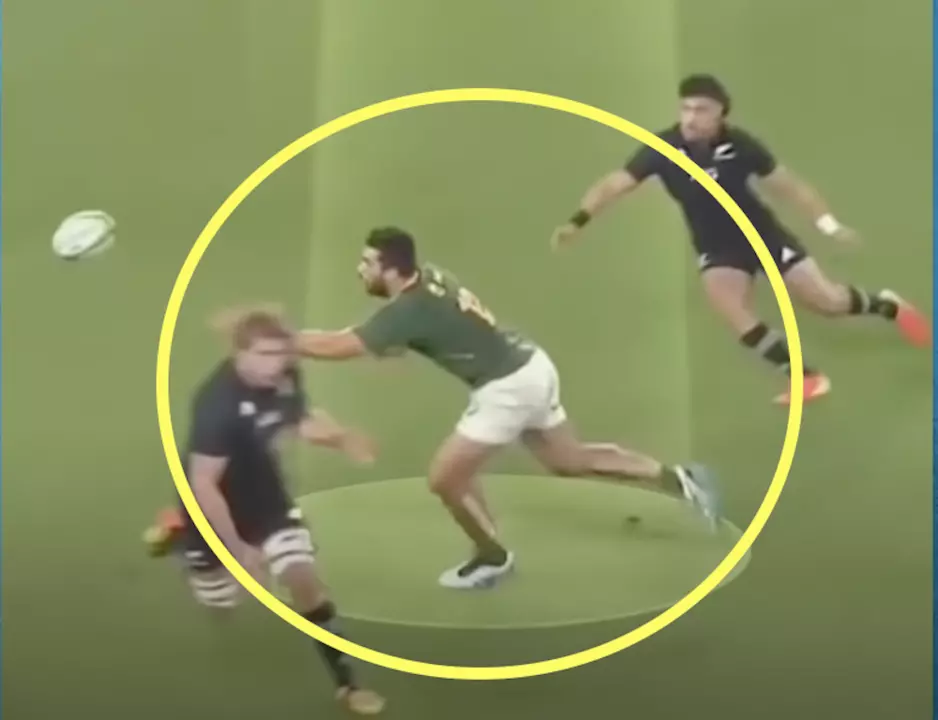Rugby knock on is a rule violation in rugby union and rugby league, where a player makes contact with the ball and the ball then goes forwards, or the player loses possession of it. It is considered a turnover, meaning that the team that committed the knock on loses possession of the ball. The knock on can be unintentional, such as when a player loses control of the ball, or intentional, such as when a player throws the ball forwards in an attempt to keep possession. The referee will call a knock on if they believe that the ball has been handled in a manner that is against the rules. The penalty for a knock on is usually a scrum awarded to the opposing team.
Knock On in Rugby – Simple Guide
Ever been on the field and felt that sudden panic when the ball pops out of your hands? That’s a knock on, and it can change the flow of a match in seconds. Knowing exactly what counts as a knock on, why the referee blows the whistle, and how to keep it from happening will make you a smarter player and a more informed fan.
When Does a Knock On Happen?
A knock on occurs when a player loses forward control of the ball and it travels towards the opponent’s dead‑ball line. The key parts are:
- Loss of forward control – the ball must move forward from the player’s hands or arms. If it rolls backwards or stays level, it’s not a knock on.
- Touching the ground or another player – after the ball goes forward, it must hit the ground or an opponent before the original player can regain it. If it bounces straight back into the same player’s hands, the referee usually calls a scrum, not a knock on.
Referees also watch for intentional throws forward. Even if the ball doesn’t hit the ground, deliberately throwing it forward is a penalty.
Tips to Reduce Knock‑Ons
Most knock‑ons happen because of rushed handling or poor body position. Here are three quick habits that help:
- Secure the ball before running. Bring the ball close to your chest, elbows in, and keep it pointed down the field when you’re about to be tackled. The tighter you hold it, the less chance it has to pop out.
- Use the ‘palm‑up’ grip. Turning your palms slightly upward gives better control, especially in wet conditions. It lets you guide the ball into your body rather than letting it slip forward.
- Practice off‑loads under pressure. In training, work on passing when a defender’s on you. The more comfortable you are off‑loading, the fewer times you’ll try to hold onto the ball and lose it.
Also, watch your stance. If you’re bent over too far, the ball is easier to knock forward. Keep a low, balanced posture and keep your head up – that way you’ll see the tackler and can protect the ball in time.
Remember, a knock on isn’t just a mistake; it’s a loss of possession that gives the opposition a scrum near your line. Over a season, a handful of extra knock‑ons can turn a winning record into a losing one. That’s why coaches spend so much time on handling drills – they’re trying to shave off those costly errors.
For fans, spotting a knock on is a great way to stay engaged with the game. When you see the ball fly forward and hit the ground before the player can recover it, you know the referee will blow for a scrum. It’s a simple rule, but it adds a lot of excitement because every mistake creates a fresh battle for the ball.
So the next time you’re on the pitch or watching from the stands, keep an eye on how the ball is handled. The fewer knock‑ons you see, the better the team’s control of the game, and the more chances they’ll have to score.
